13 foods that you should never put in the fridge
Stop putting these foods in the fridge now
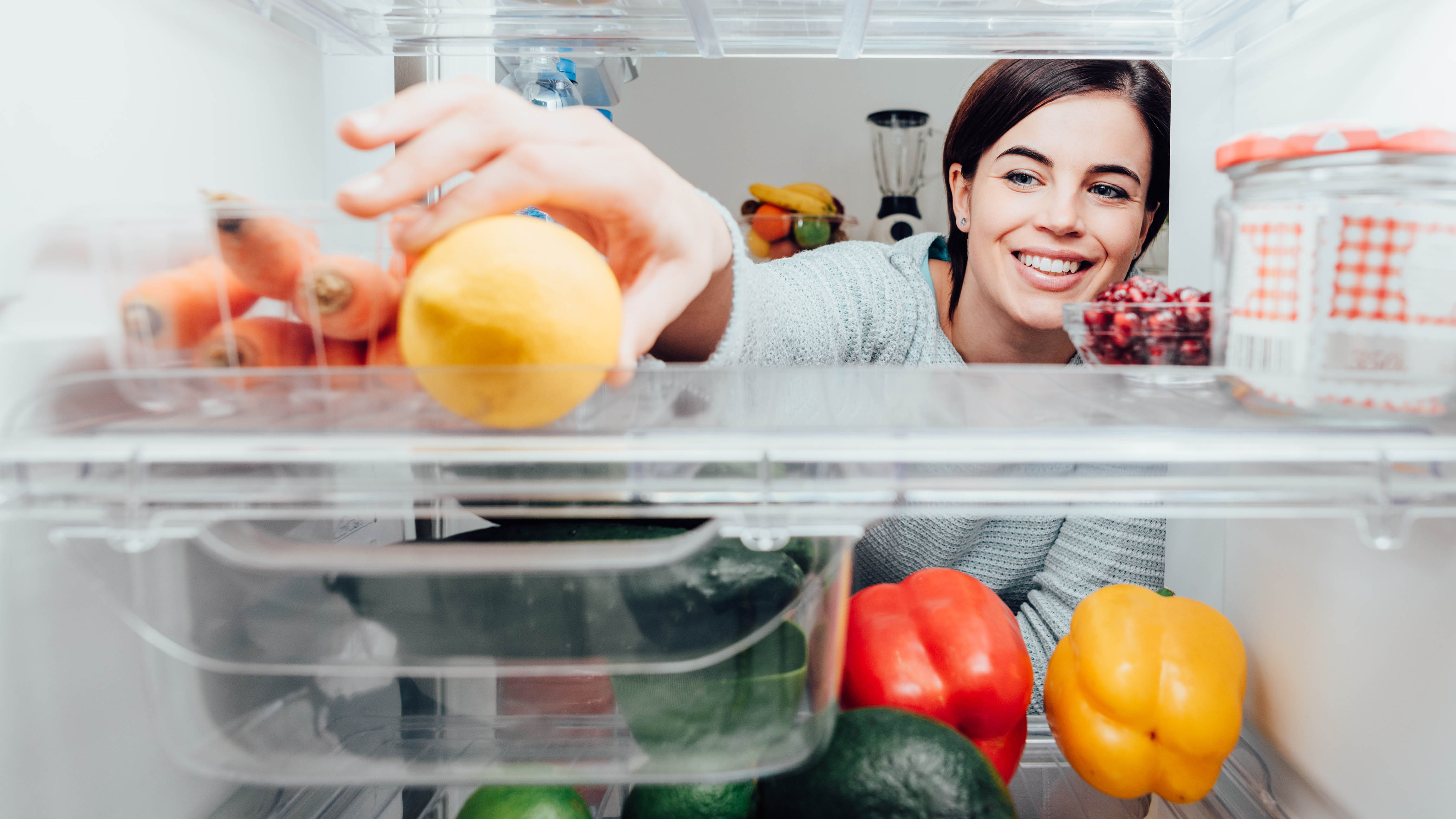
There's a good reason why we need one of the best refrigerators to chill our food. Cold temperatures of 40°F or below help to keep food fresh for longer by slowing bacterial growth.
But although we wouldn’t think about keeping raw or cooked meat out on a countertop, there are some foods that are best kept out of the refrigerator as they prefer warmer climes of around 64-71°F.
In fact, keeping some foods at a cold temperature will only make them go bad, reduce their nutritional value and quickly decrease their flavor, which defeats their whole purpose!
Keeping these food out of the fridge will also save you throwing out spoiled foods, which is wasteful, especially if you want to make your food last longer and save money. In this case, you may be interested in checking out our review on Vitesy's Shelfy, a gadget designed to make your food last longer preventing food waste. So, if you’re unsure of what groceries need to be chilled, here are 13 foods that you should never put in the fridge.
Also, ever wondered if you should keep eggs in the refrigerator? The answer might surprise you.
1. Bread
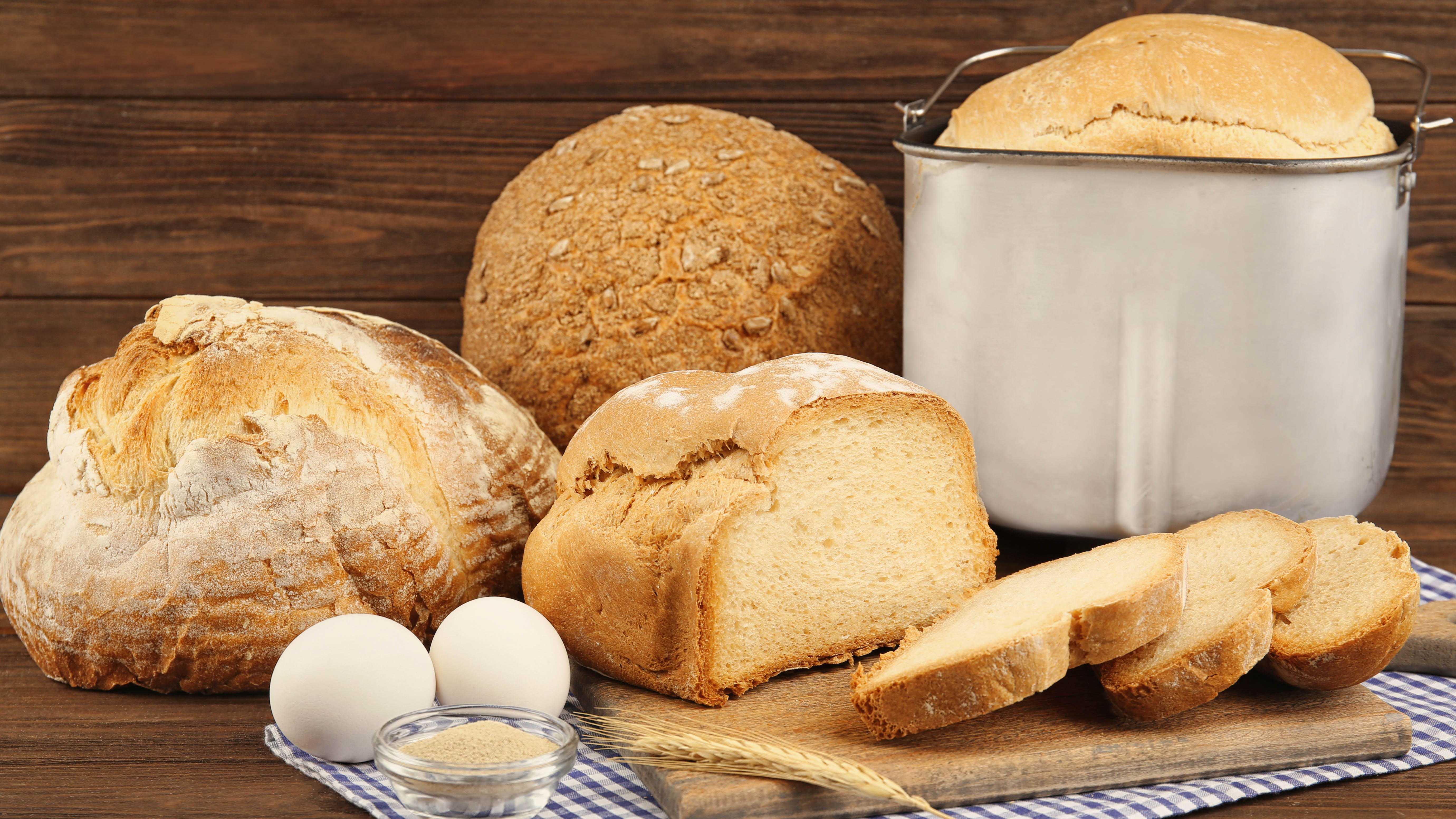
This is often a topic of debate, but bread should not be kept in the fridge. The molecules in bread starch recrystallize very quickly at cool temperatures, causing the bread to go stale much faster in the fridge. In addition, this makes the bread tough, chewy and stale-tasting.
So how can you make your bread last longer without putting it in the fridge? Always store bread in a bread box like this Extra Large Bread Box ($29, Amazon), or freeze any excess for up to one month, wrapped properly in freezer paper. Before storing, shop-bought bread should be kept in an airtight plastic bag, while fresh bread should be wrapped tightly in cling film or a beeswax wrap and kept at room temperature.
Get instant access to breaking news, the hottest reviews, great deals and helpful tips.
2. Raw potatoes
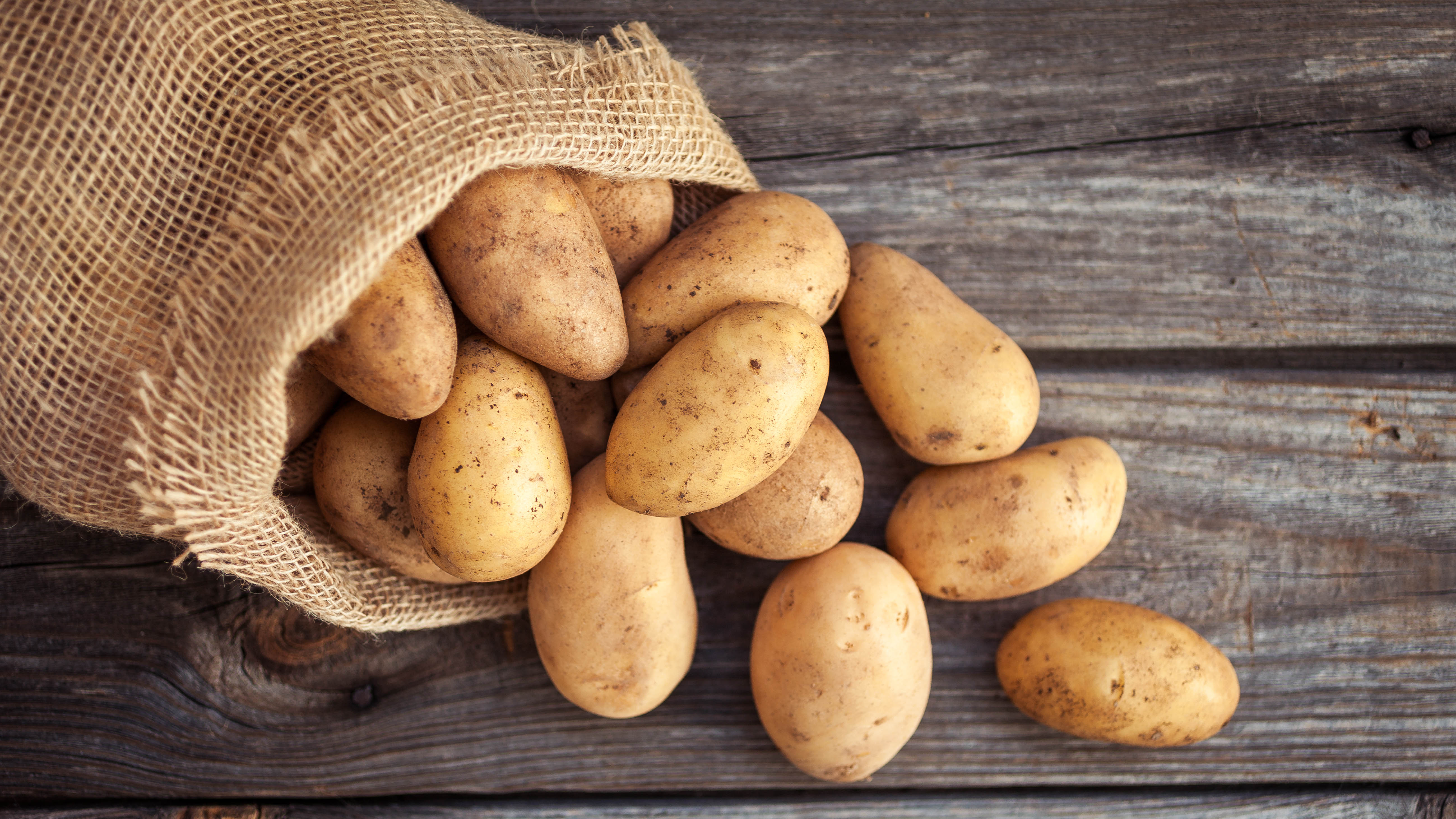
Generally, potatoes and sweet potatoes should be kept in the pantry. If kept in the fridge, cold temperatures can cause their starch to quickly turn into sugar, causing a tougher or sweeter potato. Instead, store your potatoes in a well-ventilated basket or cupboard out of direct sunlight. Keep potatoes in a paper bag, not plastic, as plastic bags prevent airflow and accumulate moisture.
3. Tomatoes
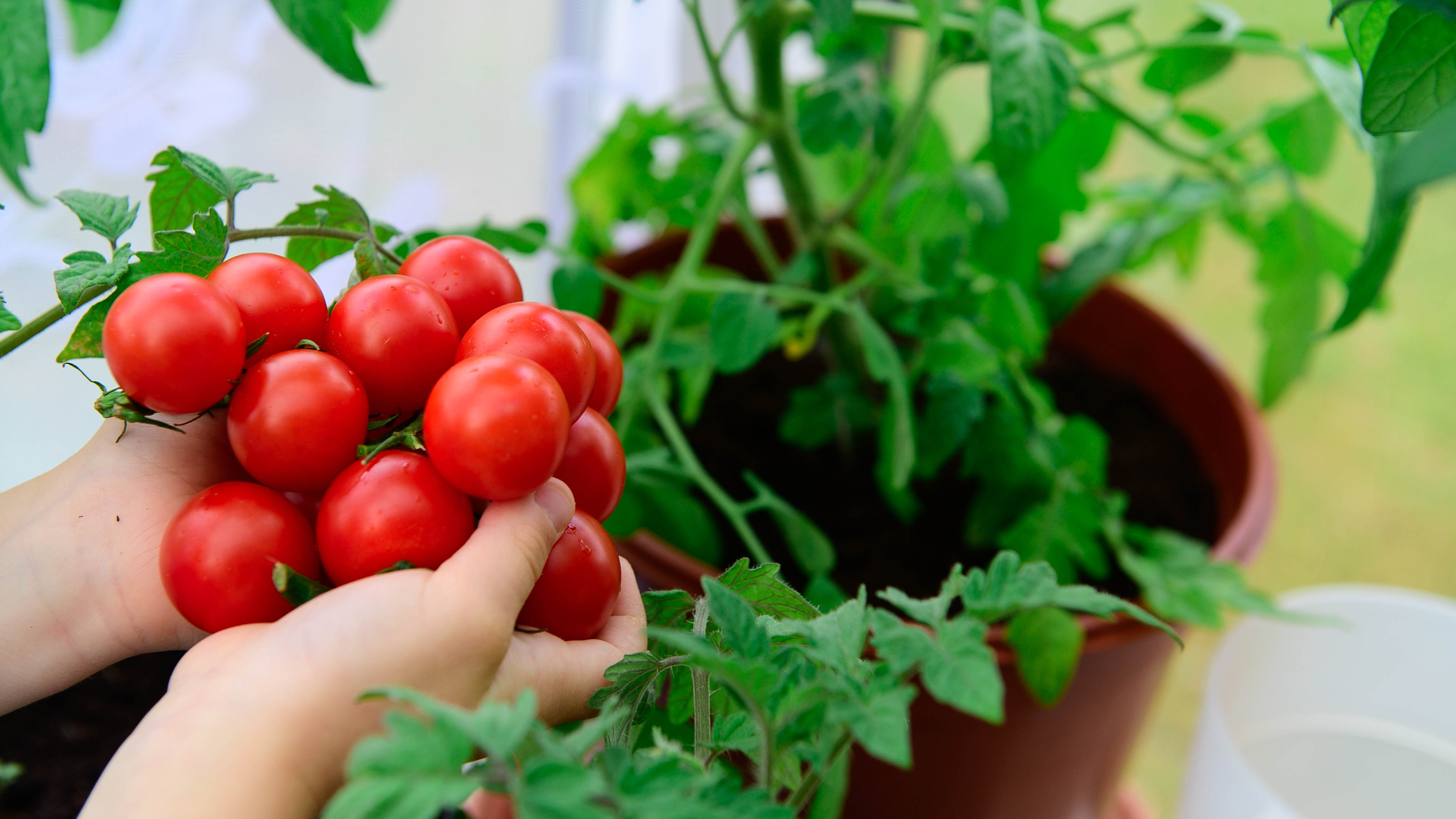
If you’ve mastered how to grow tomatoes, don’t make the mistake of storing your harvest in the fridge. Generally, tomatoes continue to ripen at room temperature, so chilling will essentially stop the ripening process and dull the flavor. In addition, fridge temperatures cause damage to tomatoes’ skin, causing a watery texture. So, if you want to maintain juicy, tasty tomatoes, keep them out on a counter, away from direct sunlight.
4. Honey
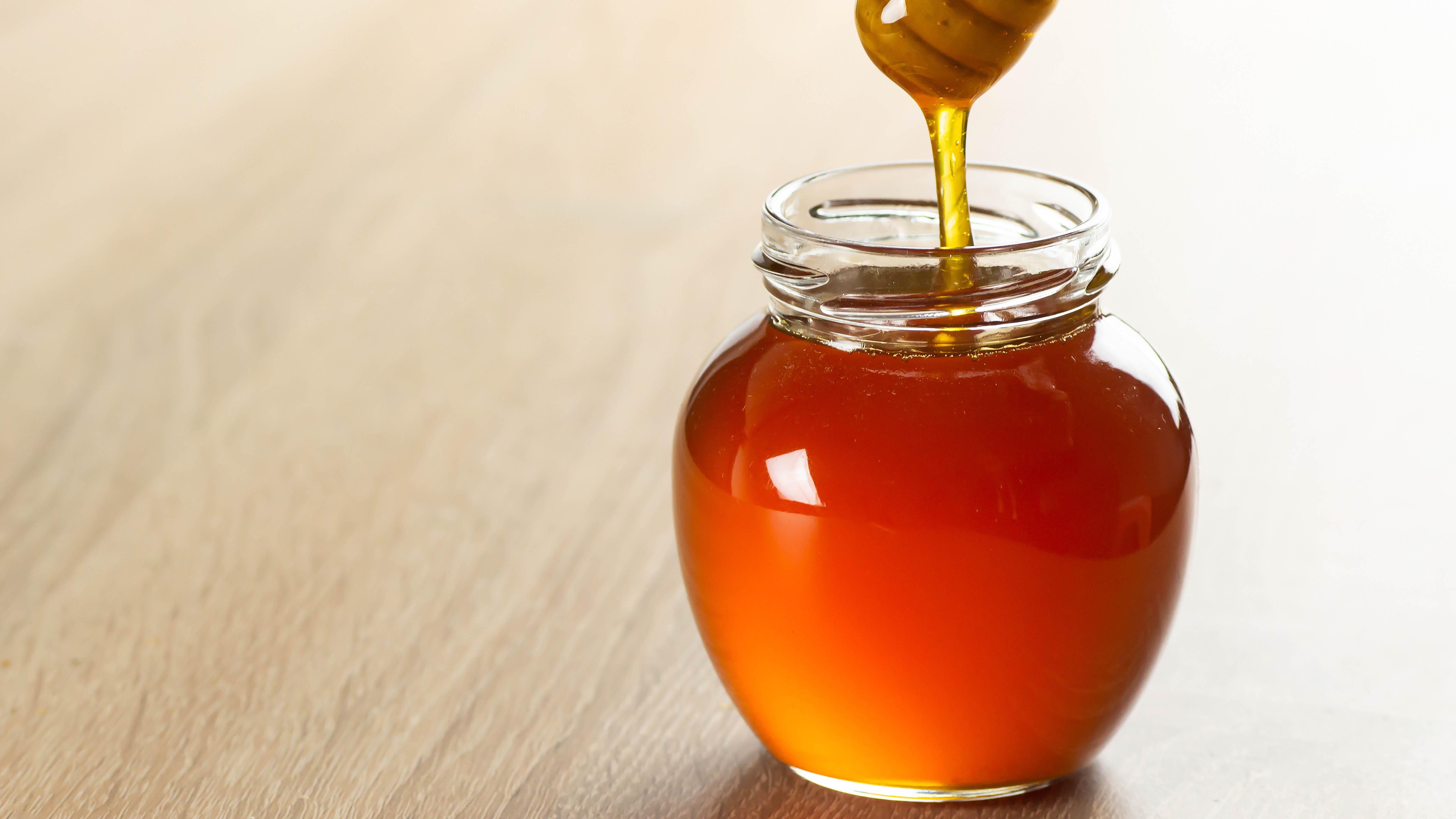
Honey is a natural preservative, so it doesn’t need to be kept in the fridge. In addition, cold temperature will cause it to crystalize, making it hard and difficult to spread. If you want runny honey, always store it in a cupboard at room temperature.
If your honey has crystallized the process can be reversed. Simply, place the sealed jar of honey in a bowl filled with water heated to between 95-110°F. Allow the honey to rest in the bowl until the crystallized honey returns to its liquid state.
5. Avocados
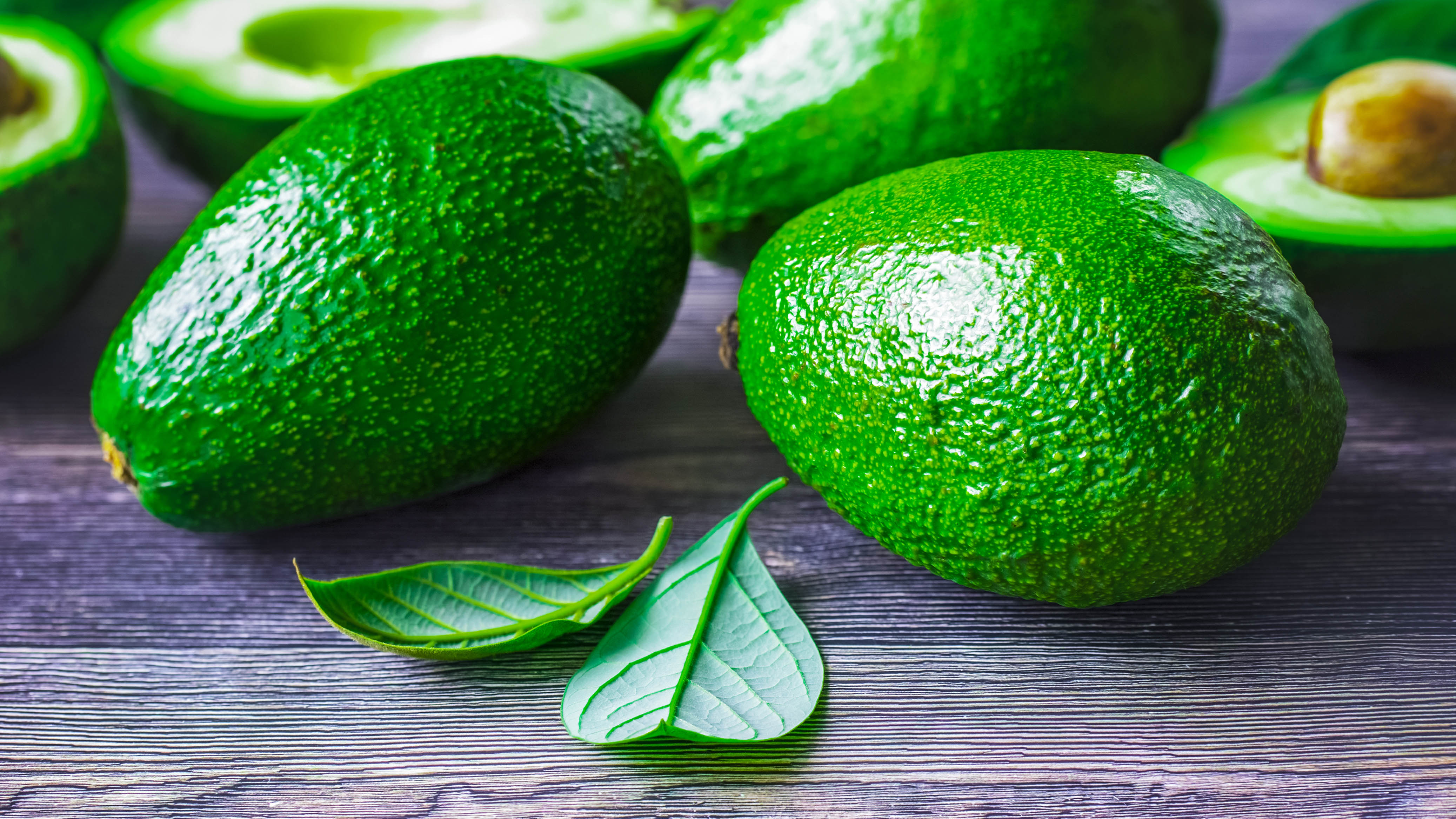
Whether you fancy smashed avocado or want to spruce up a salad, remember not to store avocados in the fridge. When you buy them from the grocery store, they are still hard and need a few days to ripen before eating. These can only ripen at room temperature, so are best kept out of the fridge. The only exception is when an avocado is completely ripe and you’re not ready to eat it. Just make sure you eat it within two or three days for maximum flavor.
6. Whole melons
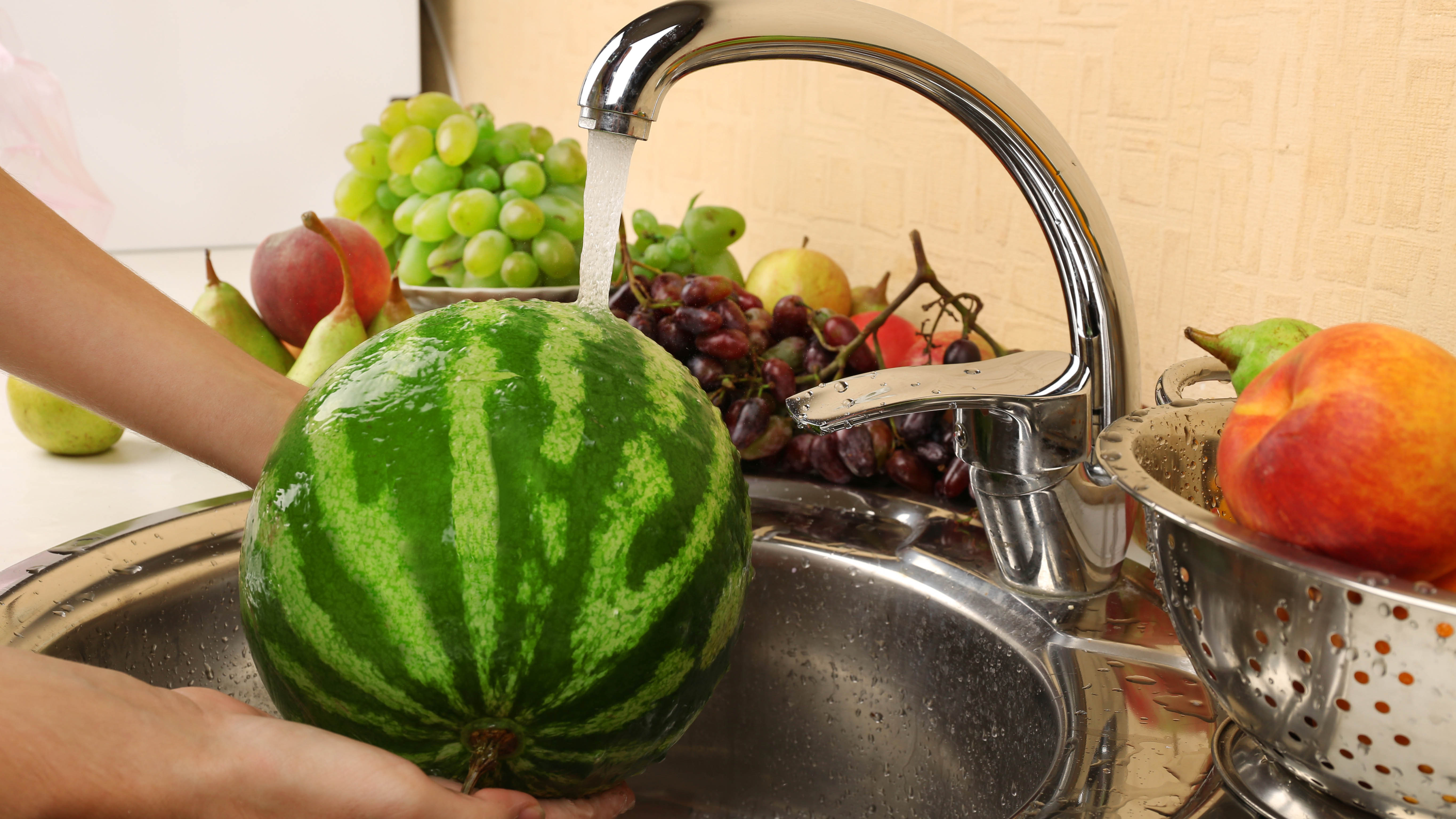
You may think uncut melons will keep longer in the fridge, but they’re actually best kept in your fruit bowl. Refrigeration will alter the taste, texture and color. Whole melon should be left at room temperature until ripe. The only time you can keep it in the fridge is once you’ve cut into it. Be sure to wrap it tightly in a cling film alternative, such as beeswax wraps, or store slices in an airtight container before placing in the fridge. The same rules apply for mangoes and peppers.
7. Garlic bulbs

Garlic will instantly liven up most meals, but it can quickly go off if kept in the fridge. Not only will it have a rubbery texture, but the moist conditions make it prone to mold. Always store garlic in a dry, well-ventilated place for the best results, and don’t store it in plastic bags. These will only trap moisture, and make the garlic spoil quickly. Instead, you can use mesh bags, like these Hanging Mesh Storage Bags ($10, Amazon), to keep your cloves fresh.
8. Strawberries

If you enjoy eating juicy strawberries, these are best left out of the fridge. Strawberries will soak up water or moisture from the cold temperatures, making them spoil or lose their sweetness. It’s best to store strawberries on the countertop, away from direct sunlight. Whether you know how to grow strawberries and are eating your own, or if you're using shop-bought, ensure you consume within a day or two before they start to perish.
9. Onions
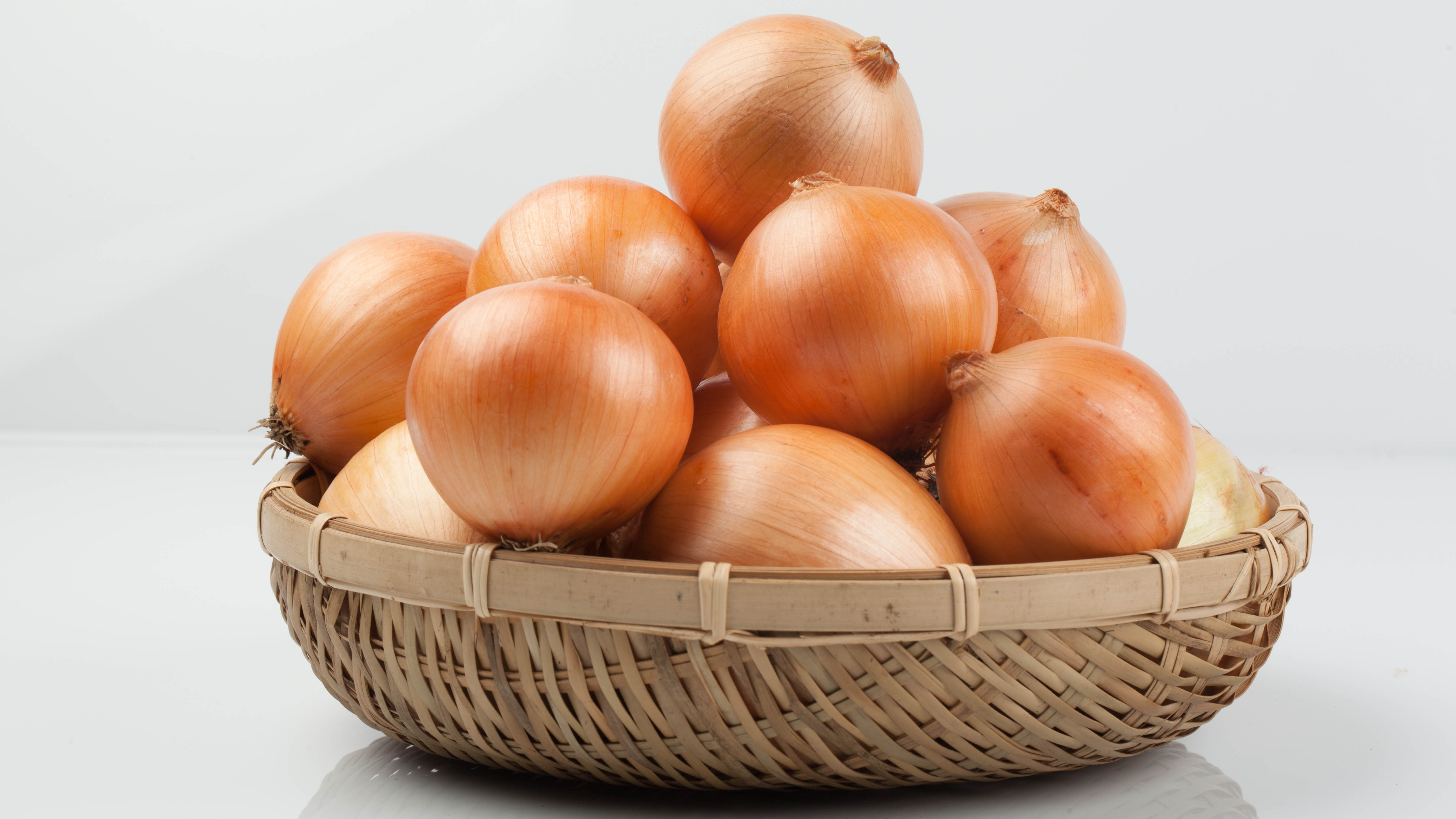
While you might think onions belong in the salad crisper, never store them in the fridge. This will add moisture, leaving them with a mushy texture, and making them prone to mold. It’s best to store onions in a well-ventilated basket, and in a cool, dark spot in the pantry.
10. Coffee
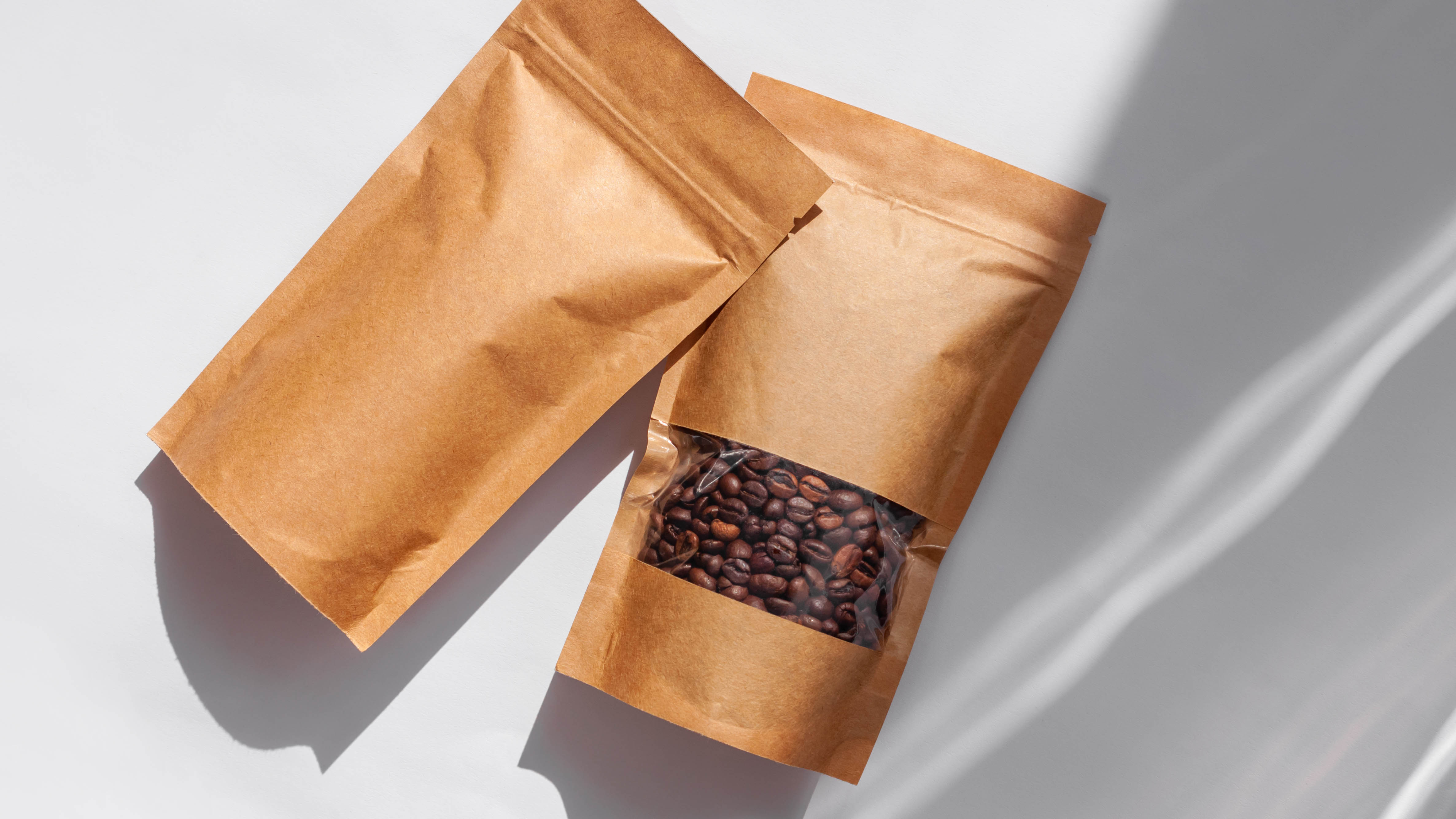
If you enjoy an aromatic cup of Joe in the morning, don’t store coffee beans in the fridge. An opened pack of beans is prone to condensation from the cold temperatures. This will only ruin the taste and flavor, making your coffee taste off. Instead, the National Coffee Association says the best way to preserve coffee beans is to store them in an air-tight container at room temperature, and avoid clear canisters where light can enter and compromise the flavour of the coffee.
However, it's also important that the carbon dioxide, which coffee beans gradually release, is able to escape. This will avoid the container inflating over time and bursting and is why coffee pouches usually have valves. You can use a coffee container with a one way valve to let gasses out but not in, like this Coffee Gator 16oz stainless steel coffee cannister ($25, Amazon).
11. Fresh herbs
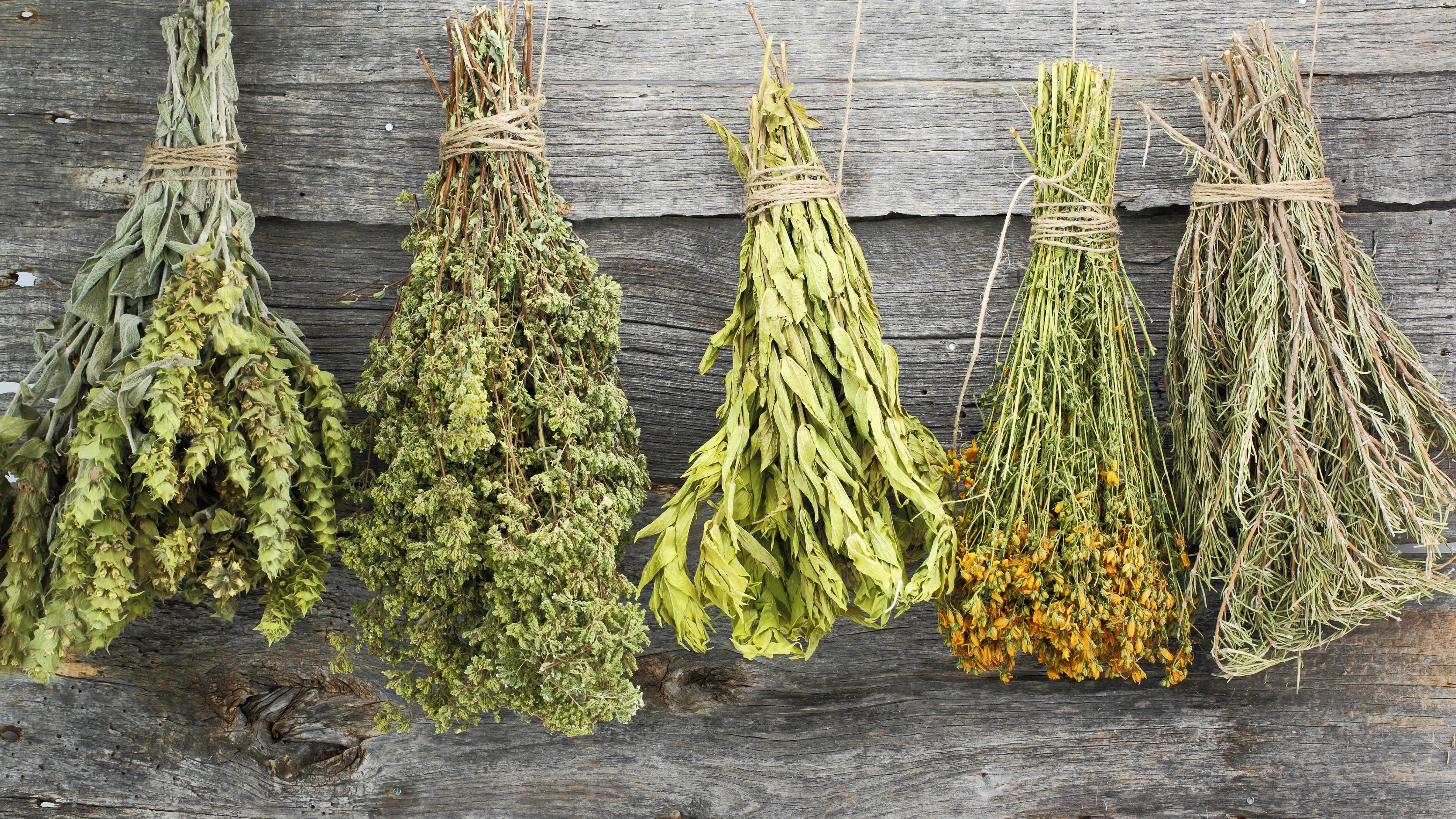
Similar to aromatic coffee, fresh herbs quickly lose their aroma when put in the fridge. In addition, the cool temperatures will add moisture to the less hardier herbs, causing them to wilt, dry out or lose their flavor. If you want to maintain their full flavor, keep them out at room temperature. If necessary, place herbs in a resealable plastic bag or in plastic wrap and if you really need to only store in the fridge for a short time.
12. Bananas

My favorite food staple. Bananas are a sweet treat and full of potassium, magnesium, vitamin B6 and other nutrients, making them good for your heart. But this fruit powerhouse is best stored at room temperature to aid the ripening process. Keep them in the open air, away from other fruits and direct sunlight.
If unripe bananas are stored in a refrigerator, they are unlikely to ripen properly, and the skin may turn brown or black. However, if your bananas are on the turn, you can store them in the fridge for later, or if you’re keen to use them up, overripe bananas work well in banana cake.
13. Chocolate
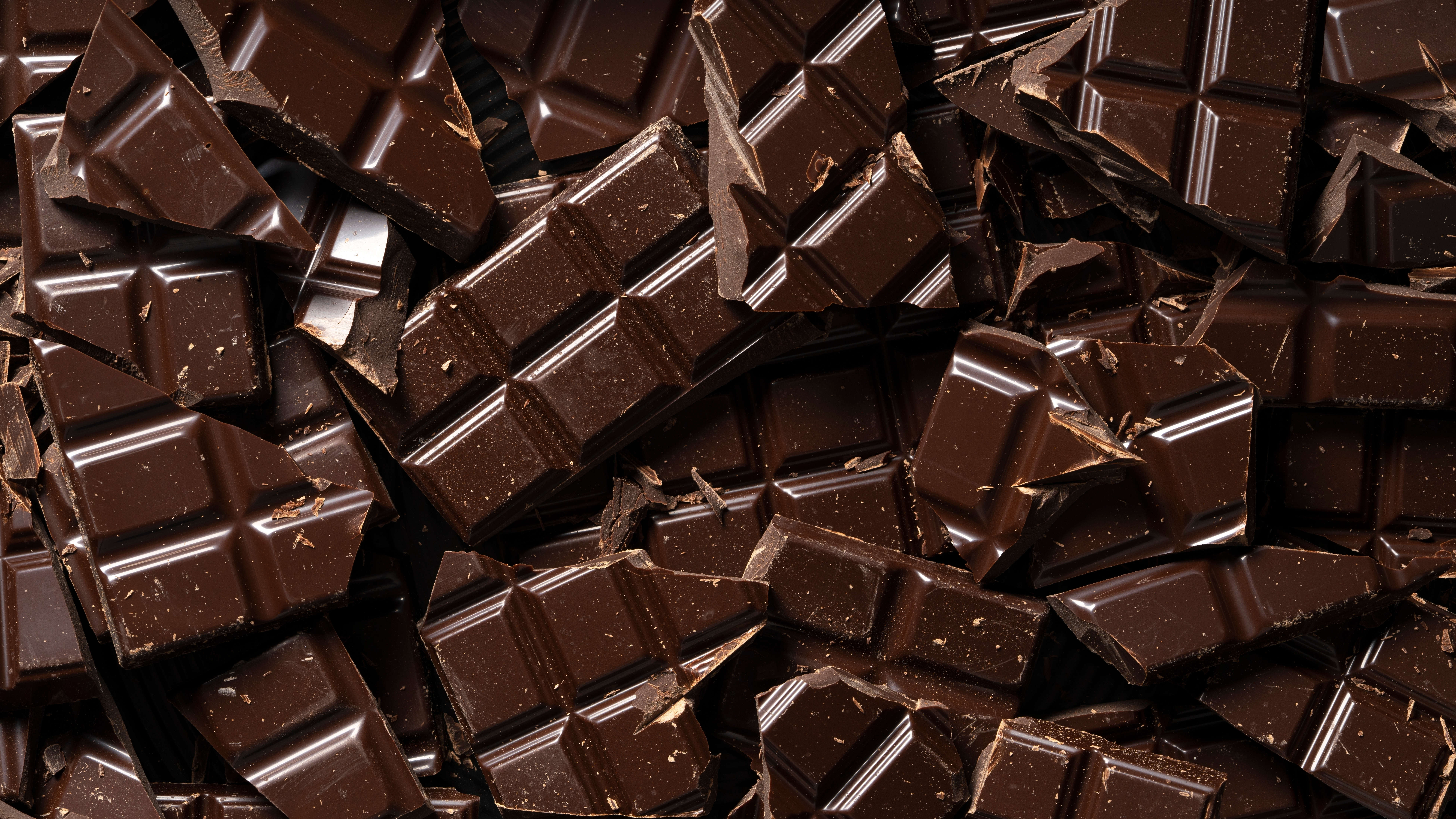
We saved the best for last. Storing chocolate in a refrigerator can cause it to develop a grainy texture and lose flavor.
Hotel Chocolat explains that the cocoa butter absorbs flavours and odours, so that you could taste last night’s curry rather than the delicious chocolate flavor. Cold temperatures can also prevent chocolate from releasing more subtle flavors — and as we know, chocolate is all about the taste!
The cooling process can alsolead to sugar bloom. It’s when chocolate is chilled and then exposed to warm temperatures. The sugar in the chocolate interacts with moisture and dissolves and recrystallise as a white, grainy texture on the surface, causing the dusty layer. It's still safe to eat but the texture might be slightly grainy.
We advice eating it or storing it in a cool, dry and dark environment, like a cupboard or pantry.
For more tips, tricks, and how-tos, check out our guides on the these 7 refrigerator mistakes you could be making, 14 foods that you should never put in the freezer, 15 things you should never put in a washing machine and 8 bread maker mistakes you never knew you were making.

As the Homes Content Editor, Cynthia Lawrence covers all things homes, interior decorating, and garden-related. She has a wealth of editorial experience testing the latest, ‘must-have’ home appliances, writing buying guides and the handy ‘how to’ features.
Her work has been published in various titles including, T3, Top Ten Reviews, Ideal Home, Real Homes, Livingetc. and House Beautiful, amongst many.
With a rather unhealthy obsession for all things homes and interiors, she also has an interior design blog for style inspiration and savvy storage solutions (get rid of that clutter!). When she’s not testing cool products, she’ll be searching online for more decor ideas to spruce up her family home or looking for a great bargain!
 Club Benefits
Club Benefits





